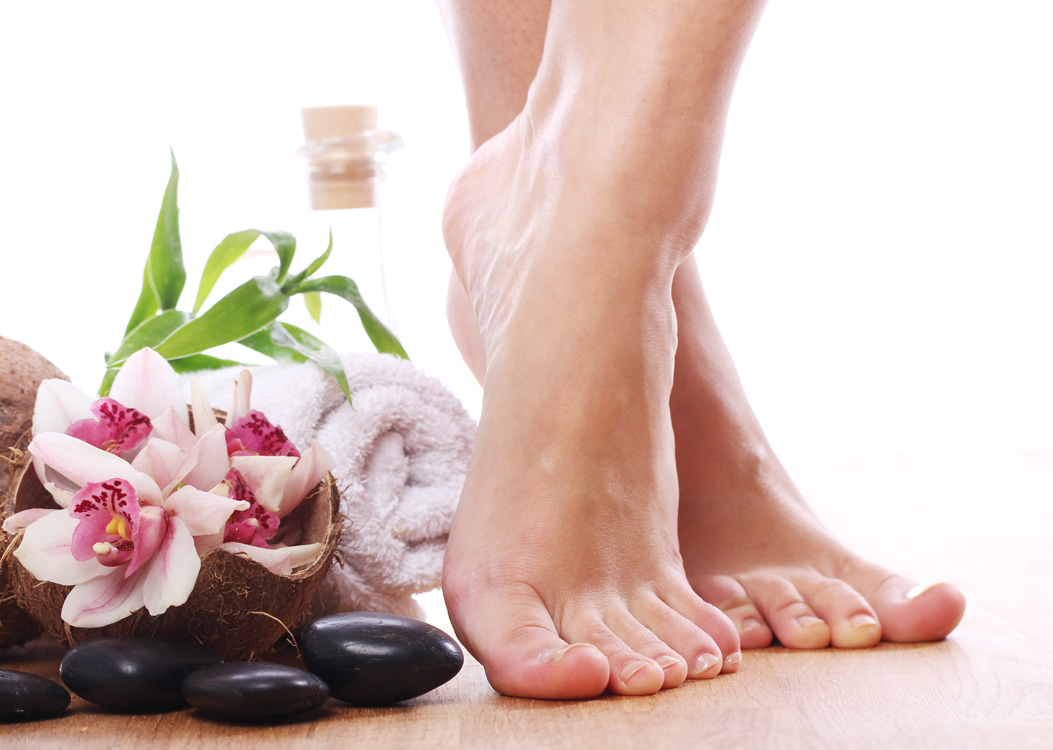In some cases, a bunion will be no more convenient than a very small lump that may cause a tiny bit of discomfort when wearing very tight shoes. By contrast, in other cases bunions can cause severe pain that goes on all day, every day. In the latter instances a bunion can be genuinely life-affecting and while most bunions can be treated or removed by doctors, there’s often a rather long waiting list to factor in.
So assuming a person has been approved for bunion removal but won’t be seen for the next few months or so, how can they help their own case in the meantime? After all, it’s not in the best interests of anyone to become dependent on pain-killers or to just suffer in silence, so how can the pain of bunions be helped without the use of drugs?
Simple Foot Exercises for Bunions
Not only can exercises help relieve the pain of bunions, but doctors insist that they can even help slow their very progression and reduce their severity. In some cases it’s even possible to manage bunions without the need for surgery, which is of course a far preferable option when and where realistic.
Here’s an overview of just a few of the exercises leading podiatrists recommend for both relieving the pain of bunions and slowing their growth:
Toe Stretches
There’s so much to be said for the humble toe stretch when it comes to relieving the pain of bunions. Performing the exercise is as easy as curling your toes up as far as it is comfortable for five seconds, then curling them inwards and again holding for another five seconds. This should be repeated ten times and is safe to do several times each day. Not only is this greatly beneficial for bunion patients, but also for anyone suffering with hammertoes.
Contracting and Flexing
A very similar exercise involves bending and stretching the toes once again, though in this case is done against a wall. It’s a simple case of pressing your toes against the wall in order to gently bend them backwards for 10 seconds, then doing the same with the toes bending inwards. This can be repeated up to five times and again performed a few times each day.
Big Toe Stretches
As much of the pain of a bunion is localised around the big toe, it can be helpful to focus additional attention here. Try a few simple big toes stretches which involve taking the toe in your fingers and pulling it either into place or backwards very slightly, just to apply a little pressure to the joint.
Resistance
Another commonly recommended exercise is that of the simple resistance exercise for your big toe. This involves taking a resistance band – though in reality a belt will do the job – and wrapping it around your toe. Both ends should then be held in the hands and gentle upward pressure applied, while at the same time pushing in the opposite direction with the toe to help build its strength.
Rolling a Ball
One of the most effective home treatments of all against the pain of bunions and other similar conditions is the simple foot massage. But as you can’t expect friends or family members to spend hour after hour, day after day massaging your feet, you’re better off taking matters into your own hands. Invest in a golf ball, place it on the floor and roll it around under your foot for a few minutes – the effect can be quite marvellous.
Gripping and Lifting
Many podiatrists swear by the action of gripping objects with your toes and lifting them up – a strengthening exercise most people could benefit from. In this instance, the best thing to do is to either place a towel on the floor and practice picking it up and putting it down with your feet, or using your toes to pick up a bunch of marbles. One by one, pick the marbles up and drop them into a tub – it’s a great all-round exercise for tired and aching feet.
Beach Walks
And finally, for those lucky enough to live by the coast there’s often nothing more therapeutic and effective for bunions than a walk in the sand. Not only does this strengthen the toes naturally, but also gives the foot a fantastic massage – a doubly beneficial effect better than all the foot care items money can buy.
Daily exercise is considered a must for all bunion patients and should be undertaken both morning and evening for the maximum possible benefit.



Leave a Reply
You must be logged in to post a comment.